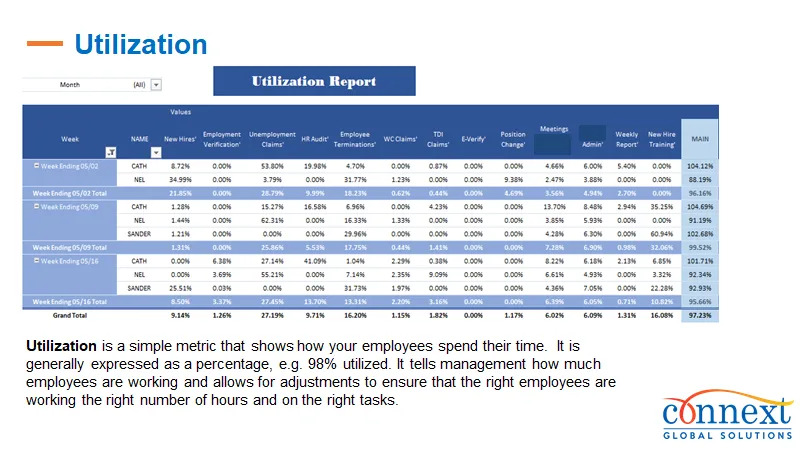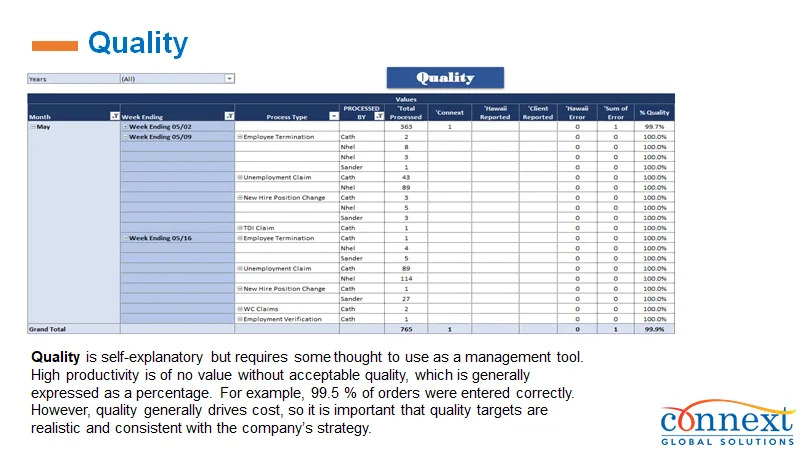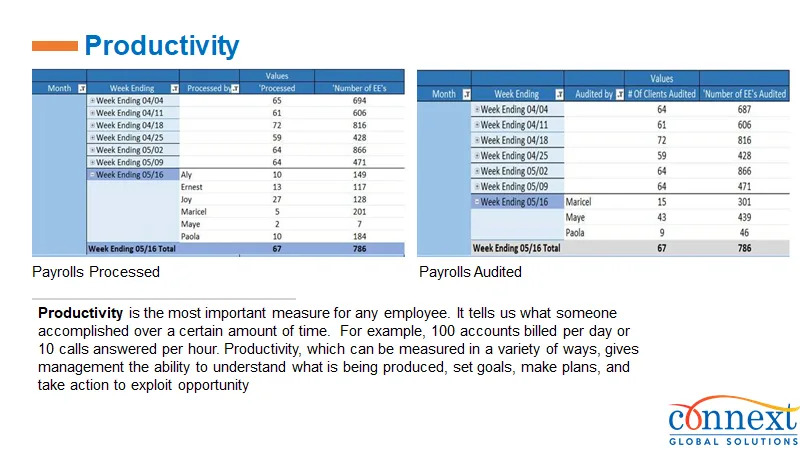The article aims to discuss how Connext Global Solutions can help solve outsourcing mistakes.
Alignment of incentives is a simple concept that is not simple to implement. The fact is, incentives can never be perfectly aligned. Therefore, it is a matter of trade-offs and conscious decisions about which things are most important. For the midsized state or region regional player, the most important is control.
Consider quality – a Connext Global Solutions client switched from an outsourced services model, i.e. pay per unit, to a remote staffing arrangement with Connext. The primary driver of this decision was quality control. If there were 20 errors in a week, it was impossible to tell whether two people each made 10 errors (issue with the two people) or all 10 people on the team each made two errors (issue with the training or process). All the client could do was complain to the account manager who reliably assured there would be actions taken and improvement would follow (it did not).
When the client started with Connext Global Solutions, Connext and the client worked together to make a series of decisions to ensure that the team would meet quality expectations.
- Connext Global Solutions and the client created screening tests and the client interviewed and approved every person that joined the team.
- The client created a well-structured training and progressive task complexity plan.
- Connext and the client worked together to create a robust quality assurance, incentives, and consequences plan.
- Weekly meetings were held until all objectives were being met and now have over six years of ongoing monthly meetings to review performance measurements.
Given this approach, it should be no surprise that quality expectations have been consistently met and exceeded. How did incentives play into this? Since Connext Global Solutions did not bear the cost of training or quality assurance, the client was able to control exactly how much investment was made in training and quality assurance. The agreement was month-to-month, so the entire Connext team had every incentive to work collaboratively to make the initiative successful.Connext Global Solutions had no profit opportunity in cutting costs in training or QA. The staff was designated to a single client, so Connext Global Solutions had no opportunity to shuffle the workforce for its own benefit. The incentives of Connext Global Solutions and the client were closely aligned to deliver the desired output. For other clients and applications, cost may be a more important consideration that quality. Thus, a lower QA rate might be established or QA may be accomplished via automated tools. Regardless, the key is that the client makes these determinations and bears the cost or reaps the benefits of their decisions. This is supported by the general principle of risk management is that risk should be allocated to the party best able to control the risk.
Learn more about Connext Global Solutions.









